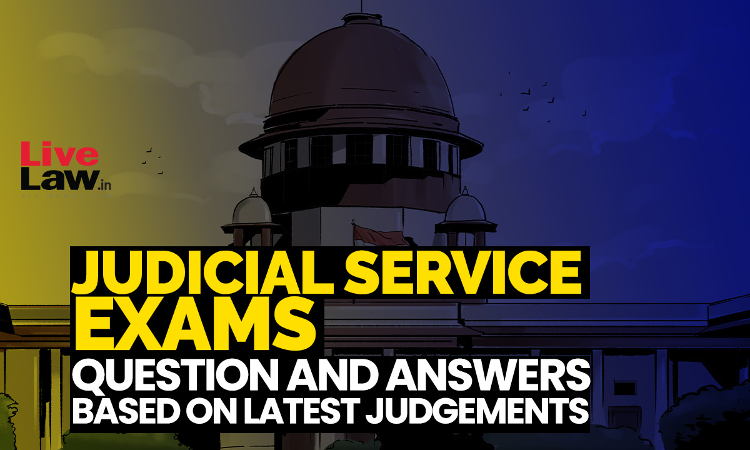Judicial Service Exams: Question And Answers(MCQs) Based On Latest Judgements
LIVELAW NEWS NETWORK
15 Nov 2022 12:08 PM IST

Next Story
15 Nov 2022 12:08 PM IST
1. In which of the following cases a two Judge Bench of the Supreme Court passed a split verdict in the Karnataka Hijab Ban matter? (a) Aishat Shifa v. State of Karnataka (b) Benazeer Heena v. Union of India (c) Hamidunnisha v. State of Karnataka (d) None of the above Ans.: (a) [Supreme Court passed a split verdict in a batch of...
